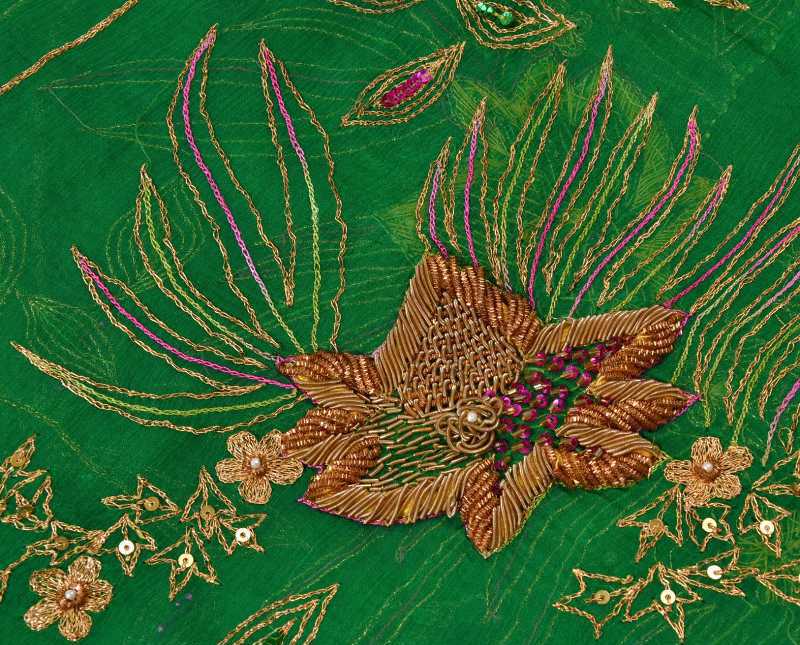===
0239,
2
===

=== |
 |
FWP:
SETS == MIDPOINTS; PARALLELISM; SYMMETRY
MOTIFS
NAMES
TERMS == VERSE-SETThis verse and the preceding verse, {239,1}, feel exactly like a verse-set, though they aren't marked as such. In particular, the present verse hardly creates any poetic effect at all unless it's read as an elaboration of the previous verse.
Because of the 'symmetrical' property of Urdu grammar, to affirm that A=B is equally to affirm that B=A. Thus in the case of this verse the poet could be discussing the ocean by using analogies to human body parts-- or he could be doing the opposite: talking about parts of the human body and analogizing them to aspects of the ocean.
Mir even seems to be encouraging us to keep both possibilities open, because in the first line each 'A' is a body part and each 'B' an aspect of the ocean, while in the second line the structure is just the opposite. And the coy 'some' and 'someone's' of course invite us to think of the (human or divine) beloved.
The koʾī in the first line and the hai in the second line could be read, as 'midpoints', with either the clause before them or the clause after them; but in this particular verse, it hardly seems to make any difference.